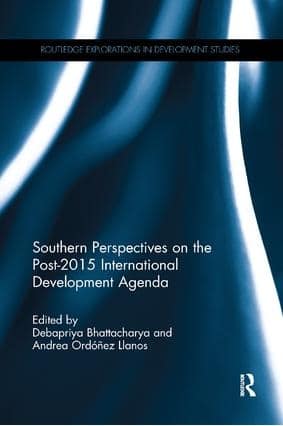Growth within Natural Limits

The Debates, Propositions and Possibilities
Description
Introduction Nearing the end of the Millennium Development Goals (MDGs), the global development community has conceded that current economic growth models have to be revamped, even transformed, to eradicate poverty, with due consideration to addressing inequalities and climate change. In parallel, the Conference on Sustainable Development, widely known as Rio+20, proposed to establish Sustainable Development Goals (SDGs), with greater emphasis on environmental sustainability. The SDGs acknowledge the necessity of dealing with climate change, mitigating greenhouse gases (GHGs), living in harmony with nature, and protecting biodiversity (OWG, 2015). After more than two years of discussions and negotiations, in September 2015, the SDGs that build on and take over from the MDGs will be adopted. It is a more ambitious and universal set of goals that calls for a change the trajectory of the planet’s future by transforming economies and relationships between people as well as with the planet. This is a vital global call for those who have been raising the alarm about the environmental consequences of current pathways and lobbying for sustainable development for more than 50 years. However, the proposed SDGs (and their implementation) still raise questions: Do they go the distance? Are they transformative enough to protect the earth’s ecological functions, distribute development benefits more equitably and create a more just society? Do they align with a sustainable development model, where economic growth is controlled and managed within natural limits? Will they allow a metric for ecological processes to be developed and used?
The article is published in Southern Perspectives on the Post-2015 International Development Agency. Edited by Debapriya Bhattacharya and Andrea Ordóñez Llanos, Chapter 4, pgs 49-64
https://www.taylorfrancis.com/books/e/9781315643458